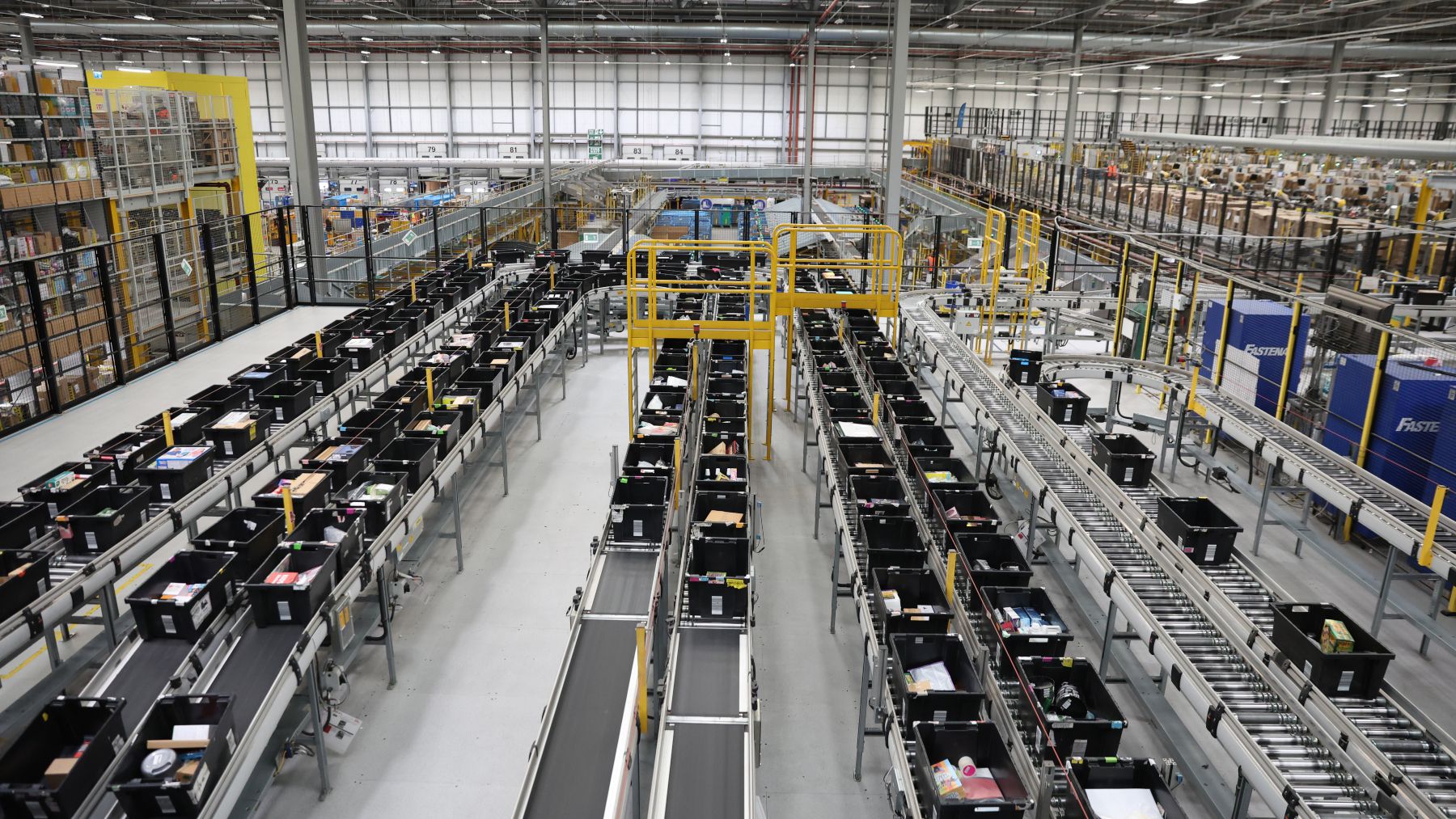
Investing in the right technology can be difficult even in the best of times. The field of available options is vast, it’s easy to be drawn in by shiny new innovations and trying to do it all can be expensive.
At Farfetch, the challenge of managing investment has led to questions from investors and analysts.
“The amounts that Farfetch reports as ‘investments in technology’ are perplexing,” Bernstein analyst Luca Solca wrote in a Nov. 28 research note, pointing out it spends more than peers and even bigger companies in other sectors. The company’s stock has fallen nearly 50 percent since it unveiled its latest strategic plan and financial targets on Dec. 1, as investors feel its many investments and partnerships are failing to pay off in growth and profitability.
These decisions only get harder when resources are scarce. In 2023, the global economy is facing a slowdown, and while some regions are set to fare better than others — the US looks like it will narrowly dodge a recession, while Europe won’t be so fortunate — major economies are staring at a downturn that’s likely to squeeze shoppers and the businesses that rely on them. Fashion, a discretionary category, is set to feel the pinch.
But that doesn’t mean fashion brands and retailers should just put their heads down and wait it out. Those that take early steps to prepare and invest for the future can actually fare better in the long run.
“We certainly found in ‘01-’02 and then ‘08-’09 that companies that continued to invest came out more strongly and actually could get ahead,” said Sarah Willersdorf, Boston Consulting Group’s global head of luxury, referring to the downturns in those years. In a recent survey of nearly 2,700 executives across different industries, BCG found 60 percent of companies planned to increase their tech spending in 2023, despite the economic climate.
That said, decisions about where to invest aren’t easy. That’s especially true now when borrowing capital is expensive. Companies will need to make tough decisions about where to cut back and which investments to prioritise. They’ll need to make sure they have the fundamentals covered, which might mean putting off more speculative projects like NFT collections and directing focus toward those that provide more assured returns.
“It’s almost a matter of life or death because you cannot stay still and you cannot not invest,” said Elsa Berry, founder of Vendôme Global Partners, which has advised brands such as Dries Van Noten. “Plan for short-term challenge, but have a long-term strategy.”
Pick Your Priorities
One of the first steps Amy Gershkoff Bolles took after joining Levi’s as its head of digital strategy and emerging technology earlier this year was to develop a framework for making decisions about where to direct the company’s money, time and energy. Prior to Levi’s, Bolles spent time in top roles at public companies and those backed by venture capital and private equity, experiences she said taught her the value of knowing how to prioritise spending.
To assess an opportunity, Levi’s considers four points: how it fits into the overall corporate strategy, how well it aligns with the company’s values, its potential financial impact and what impact it will have on the customer experience. (Bolles said while all points are important they always start with the customer at the centre.) The framework isn’t specific to times of crisis, but when money is tight it can help to maintain a focus on what matters.
“Regardless of the economic climate, FOMO [fear of missing out] is not a strategy,” Bolles said.
Though Levi’s has only just put the framework in place, one field where it sees value is industry 4.0, which refers to digitised and automated manufacturing guided by data. Bolles said they’re looking into innovations that touch everything from design to the supply chain, while keeping in mind the possible effect on Levi’s sustainability commitments, which are core to the company’s values. It’s also exploring how digital technologies can improve aspects of shopping from discovering products to finding the right size and fit.
But companies will have to make decisions based on their own starting position, according to Willersdorf: if they haven’t yet invested into the basics like a good customer relationship management platform, they need to do that first.
Most likely they’ll want to assess where they might pull back, too.
“That’s actually what kills business is to try to focus on too many initiatives,” said Juan Manuel Gonzalez, founder of G & Co., a strategy and consulting firm that helps brands with digital transformation.
Invest in the Fundamentals
Brands and retailers need to make sure they have the fundamentals covered first. That means technology to manage customer data and relationships, to better forecast demand and plan inventory and to create a more resilient and agile supply chain.
While giants like LVMH, Kering and Nike have likely built up these capabilities already and possess enough cash to experiment, those still playing catch up or that need to pick and choose their bets will need to emphasise technologies promising a clearer return than web3 projects or experiences in virtual worlds.
“There’s an awareness now that you really need to try to be profitable,” Berry said, noting that tools allowing for better inventory management, for example, can help companies avoid ordering too much and then having to discount, which is bad for margins and bad for the brand.
Many can even take basic steps to remove friction from their checkout process, which can help boost conversion rates and raise order values.
“The table stakes is having frictionless commerce, so really thinking about what you’re doing with your e-commerce platform,” Gonzalez said. “You’d be surprised how many companies aren’t actually ensuring that they’re being benchmarked accurately against their competitors.”
A digitised supply chain offers positive returns as well, according to Willersdorf. It can help companies adjust to continuing global disruptions while increasing transparency, which is important as companies work to bolster their sustainability credentials.
Finding Tech Talent
New tools aren’t the only tech-related investments fashion companies may want to keep in mind. Tech workers have historically been reluctant to take jobs in fashion because of the salaries, limited career paths and sometimes a lack of passion for the business. This difficulty is a key reason companies like Levi’s and Nordstrom have created their own programmes to address the issue, Levi’s with its AI bootcamp and Nordstrom with its sponsored college curriculum at Morehouse College in Atlanta.
But the downturn in the tech sector in recent months has produced a glut of workers in need of jobs. While companies will need to consider the career options and pay they can offer, “this moment where a number of tech companies are perhaps not hiring and are indeed letting go of staff should be an opportunity for fashion and luxury,” Willersdorf said.
It won’t be simple for brands to navigate the obstacles of the year ahead and balance the need to invest for the future with the cash demands of the present. Berry suggested many small and medium-sized companies may find they need to sell or bring on a partner. But those that do so successfully could set themselves up to thrive in the long term. Those that don’t may soon run into greater problems.
“This world is extremely challenging for the mid-size brand, and I think there are way too many fashion brands,” Berry said.



